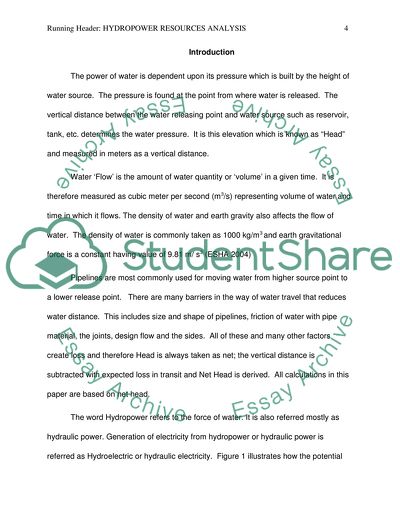Cite this document
(How to Develop a Small Hydropower Plant Case Study, n.d.)
How to Develop a Small Hydropower Plant Case Study. Retrieved from https://studentshare.org/engineering-and-construction/1582974-hydropower-resource-analysis
How to Develop a Small Hydropower Plant Case Study. Retrieved from https://studentshare.org/engineering-and-construction/1582974-hydropower-resource-analysis
(How to Develop a Small Hydropower Plant Case Study)
How to Develop a Small Hydropower Plant Case Study. https://studentshare.org/engineering-and-construction/1582974-hydropower-resource-analysis.
How to Develop a Small Hydropower Plant Case Study. https://studentshare.org/engineering-and-construction/1582974-hydropower-resource-analysis.
“How to Develop a Small Hydropower Plant Case Study”, n.d. https://studentshare.org/engineering-and-construction/1582974-hydropower-resource-analysis.


